TRANSYLVANIA
Places of Blood
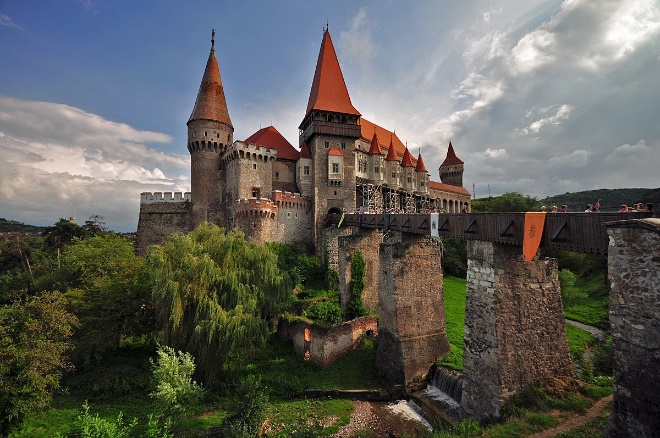
Corvin Castle
Situated in Hunedoara, Corvin Castle is one of Eastern Europe's largest castles, known for its Gothic architecture and imposing towers. It was built in the 15th century and has a rich history intertwined with legends and myths.
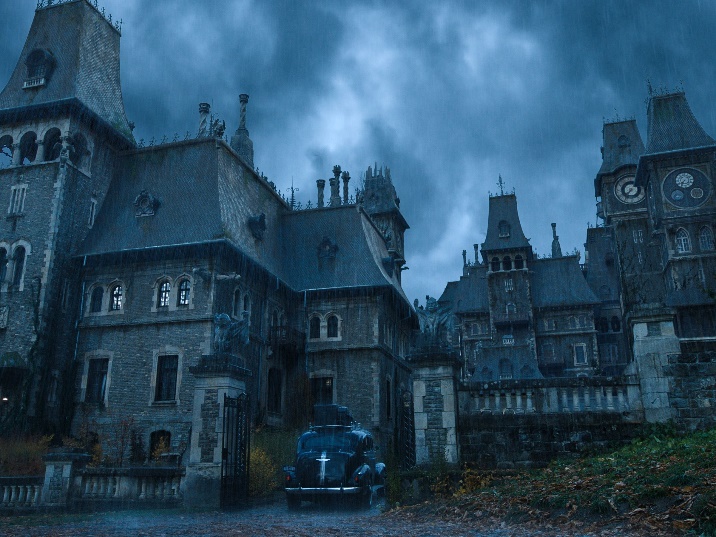
Cantacuzino Castle
Completed in 1911 for Prince Gheorghe Grigore Cantacuzino, the castle boasts intricate stonework, a museum showcasing art collections, and stunning views of the Carpathian Mountains.

Biertan Fortified Church
A Gothic hall church constructed in 1522–1523, surrounded by multiple defensive walls.
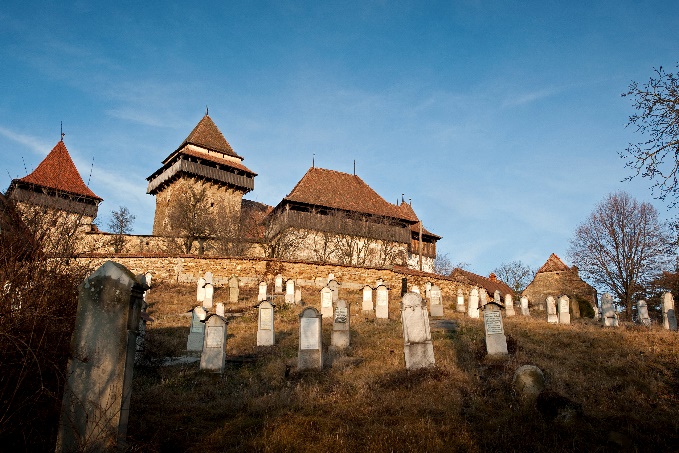
Viscri Fortified Church
A Romanesque chapel from the 12th century, later fortified in the 16th century, noted for its single nave and impressive buttresses.

Carpathian Mountains
Spanning across Transylvania, the Carpathians are among Europe’s last great wildernesses. They encompass old-growth forests, alpine meadows, and deep valleys, providing habitats for a myriad of species.

Hoia-Baciu Forest
Adjacent to Cluj-Napoca, this forest is famed for its mysterious legends and unique vegetation patterns, attracting both nature lovers and thrill-seekers.
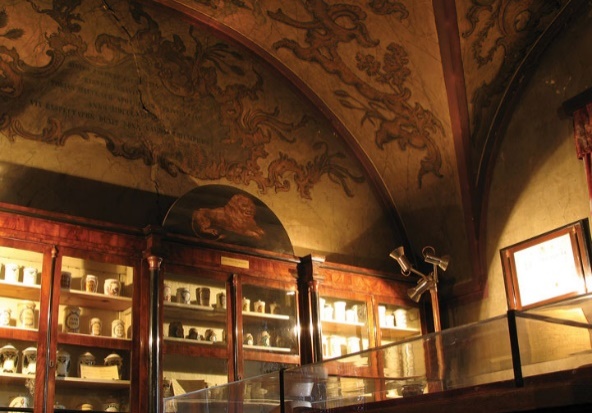
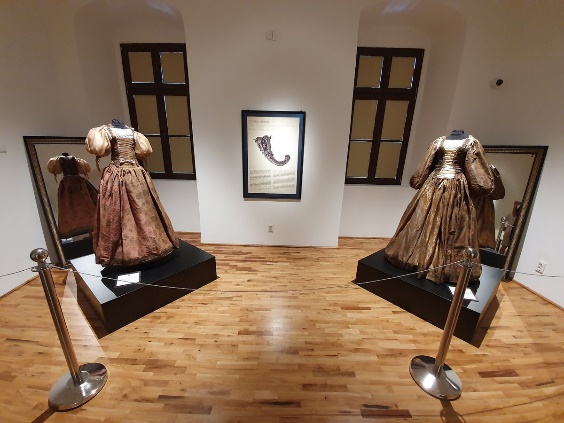
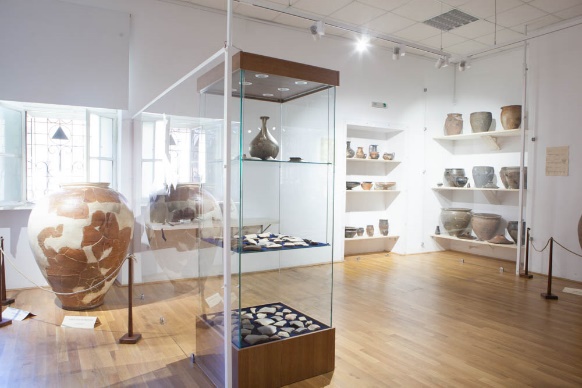
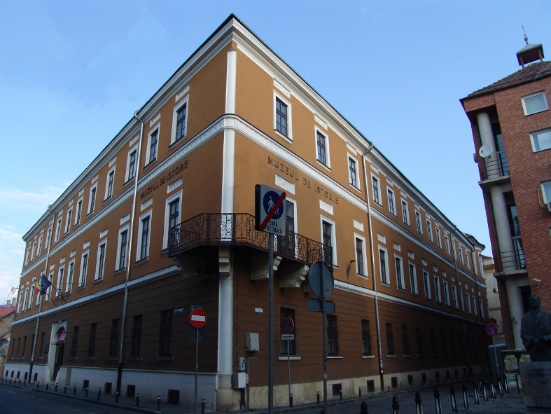
National Museum of Transylvanian History
Archaeology, medieval and modern history.
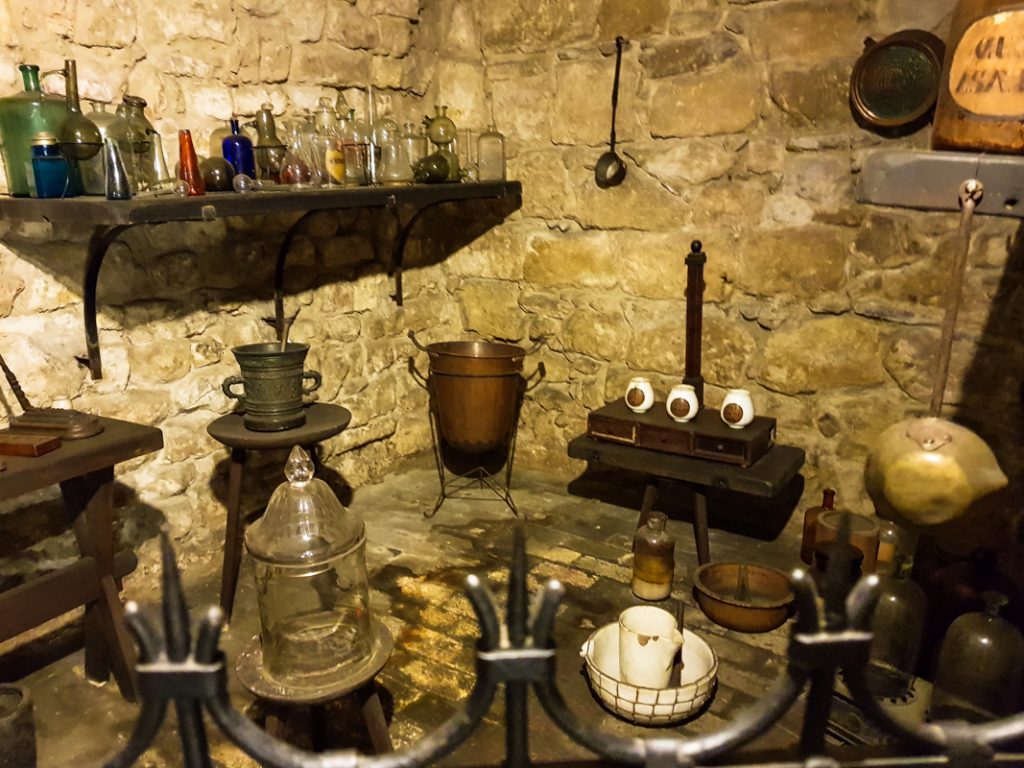

Pharmaceutical Museum
Located in a 16th-century pharmacy, it showcases old medical tools and potions.

Sighișoara Citadel
UNESCO World Heritage Site; one of the last inhabited medieval citadels in Europe.
.jpg)
Catherine's Gate (Brașov)
The last medieval city gate still standing in Brașov, built in 1559 by the German (Saxon) community.
Chronicles

The Myths: The Dark Legends of Transylvania
Transylvania... More than just a name—it is a realm wrapped in mist, mystery, and myth. For centuries, chilling tales passed from one generation to the next have made this land one of the world's most haunting centers of folklore. At the heart of these stories lie spirits that refuse to rest, creatures of the night, and ancient curses that still echo through shadowed forests. Let us take you into the darkest corners of Transylvania's legendary past.
🩸 Strigoi: The Undead Spirits That Rise from the Grave
One of the oldest and most feared legends of Transylvania is that of the Strigoi—restless undead spirits said to rise from their graves to torment the living. These beings are believed to feed on human energy or blood, returning to the homes of their loved ones, cloaked in shadows. Some tales say Strigoi are born under cursed signs, while others claim they are the souls of those improperly buried or cursed before death. Ancient rites were used to stop them—driving a stake through the heart, salting graves, or keeping vigil through the night.
🦇 Vampires: Lords of the Night
No mention of Transylvanian myth would be complete without vampires. While Count Dracula, the infamous character created by Bram Stoker in 1897, has become the most iconic figure, vampire lore in Transylvania goes far beyond fiction. For generations, people feared pale, fanged creatures who roamed the night in search of fresh blood. Legends tell of burial rituals designed to prevent the dead from returning—placing garlic in mouths, severing heads, or driving iron stakes into chests. These were not just stories; they were precautions.
🌕 Werewolves: Cursed Souls Beneath the Full Moon
Deep in the forests, howls pierce the night air. In Transylvania, werewolf myths still roam freely. These creatures, humans cursed to transform under the full moon, were believed to be both predators and victims. In some stories, the curse is spread through bites. In others, it is a birthright—marked by fate. Unlike vampires, werewolves crave not blood, but carnage. When the moon is full, no soul in the village sleeps easy.
👻 Restless Spirits: Ghosts and Night Walkers
Transylvanian folklore also speaks of wandering spirits, souls caught between worlds. Often born of sudden deaths, betrayal, or improper burials, these spirits are said to roam bridges, abandoned castles, and forest trails. Locals whisper that they speak to travelers, mislead them, or cry out in the night. Some are mournful, others malevolent—but all are unforgettable.
⚰️ Truths Hidden in Shadows
These legends are more than chilling tales; they are echoes of a culture's deep-rooted beliefs in life, death, and what lies beyond. In Transylvania, myth and history are intertwined. The stories are warnings, memories, and spiritual reminders. Today, they live on—in the cold stones of ancient castles, in the hushed voices of villagers, and in the imaginations of those who dare to visit.
The myths of Transylvania once kept villagers awake at night. Now, they call to travelers from every corner of the world. If you're brave enough, venture out into the moonlit hills and silent woods. You might just hear a whisper in the dark… or feel a Strigoi's breath on your neck.
Transilvanya… Sadece bir yer adı değil; geceleri tüyleri diken diken eden hikâyelerin, unutulmaz karanlık efsanelerin doğduğu gizemli bir diyardır. Yüzyıllardır dilden dile dolaşan anlatılar, bu sisli toprakları dünyanın en ürkütücü mitolojik merkezlerinden biri hâline getirmiştir. İşte Transilvanya'nın ruhunu şekillendiren en bilinen efsaneler:
🩸 Strigoi: Mezardan Kalkan Vampir Ruhlar
Transylvania'nın en kadim ve korkulan mitlerinden biri, Strigoi'lere aittir. Bu yaratıklar, ölümden sonra huzur bulamayıp mezarlarından geri dönen, yaşayanların enerjisini ya da kanını emdiğine inanılan ruhlardır. Strigoi'lerin geceleri evlere gizlice girerek kurbanlarını takip ettiği, özellikle de sevdiklerine musallat oldukları söylenir. Bazılarına göre Strigoi bir lanettir; bazılarıysa onun doğuştan geldiğini, "işaretli" bebeklerin bu kaderden kaçamayacağını anlatır.
🦇 Vampirler: Gecenin Susuz Efendileri
Vampir efsaneleri Transylvania'nın karanlık siluetine gömülüdür. Elbette ki bu anlatıların zirvesinde, Kont Dracula yer alır. Ancak vampir figürü, yalnızca Bram Stoker'ın yarattığı bir karakter değildir. Transylvania'da, güneşten kaçan, ölümsüzlük uğruna yaşayanların kanını içen yaratıkların hikâyeleri çok daha öncesine dayanır. Bu varlıkların mezarlarına demir kazık çakıldığı, cesetlerin başlarının kesilip gömülmeden önce ağızlarına sarımsak konduğu anlatılır.
🌕 Werewolves: Ay Işığında Dönüşen Lanetli Ruhlar
Karanlık ormanların derinliklerinde, ulumalar yükselir. Çünkü Transylvania'da kurtadam efsaneleri hâlâ canlıdır. Geceyle birlikte şekil değiştirip, yırtıcı bir canavara dönüşen lanetli ruhlar… Kimi anlatıya göre, bu lanet yalnızca ısırıkla bulaşmaz; bazı kişiler doğuştan bu yükle doğar. Kurtadamlar, vampirler gibi kanla beslenmez; onların açlığı yırtıcı içgüdülerindedir. Ve ne zaman dolunay doğsa, bir başka masum köylünün kaderi değişebilir.
👻 Restless Spirits: Huzursuz Ruhlar ve Gece Varlıkları
Transylvania halk inançlarına göre, yalnızca vampirler ve kurtadamlar değil, huzursuz ruhlar da geceleri sokaklarda dolaşır. Özellikle ani ölümler, ihanetler ya da düzgün yapılmayan defin ritüelleri sonucunda ruhların dünyayı terk edemediği düşünülür. Bu ruhların, belirli yerlerde —eski köprülerde, harabe kalelerde ya da orman içi patikalarda— görüldüğü, insanlara fısıldadığı ya da onları yoldan saptırdığı anlatılır.
⚰️ Gölgeler Arasında Saklı Gerçekler
Transylvania efsaneleri, yalnızca korkutmak için anlatılan hikâyeler değildir. Onlar, bir halkın geçmişle, ölümle, doğayla ve bilinmeyenle kurduğu kadim bağın yansımasıdır. Her anlatı bir uyarıdır; her mit bir anlam taşır. Bugün bu hikâyeler, kalelerin duvarlarında yankılanır, köylerde fısıltı hâlinde yaşar, turistlerin hayran bakışlarıyla tekrar can bulur.
Transylvania'nın efsaneleri, bir zamanlar geceleri insanları uykusuz bırakan anlatılardı. Şimdi ise karanlıkta saklanan bu hikâyeler, geçmişin hayaleti gibi hâlâ aramızda dolaşıyor. Cesaretin varsa, bir gece bu topraklarda ay ışığına çık. Kim bilir, belki bir Strigoi'nin nefesini ensende hissedersin...
トランシルバニア… 名前だけではありません。霧、謎、神話に包まれた領域です。 何世紀にもわたって、世代から世代へと受け継がれてきた不気味な物語のおかげで、この土地は世界で最も心に残る民間伝承の中心地の1つとなっています。 これらの物語の中心には、休むことを拒否する精霊、夜の生き物、そしてまだ影に覆われた森に響き渡る古代の呪いがあります。 トランシルバニアの伝説的な過去の最も暗いコーナーにあなたを連れて行きましょう。
🩸 ストリゴイ:墓場から甦るアンデッドスピリッツ
トランシルバニアで最も古く、最も恐れられている伝説の1つは、生きて いる人を苦しめるために墓から立ち上がると言われているストリゴイ・レストレス・アンデッド・スピリッツの伝説です。 これらの生物は人間のエネルギーや血液を食べ、影に覆われて愛する人の家に戻ると信じられています。 一部の物語では、ストリゴイは呪われたしるしの下で生まれたと言われていますが、他の物語では、彼らは死ぬ前に不適切に埋葬されたり呪われたりした人々の魂であると主張しています。 古代の儀式は、彼らを止めるために使用されました。心臓を突き刺したり、墓を塩漬けしたり、夜通し徹夜したりしました。
🦇 吸血鬼:ロード・オブ・ザ・ナイト
トランシルヴァニアの神話には、 吸血鬼がいなければ何の言及もありません。 1897年にブラム・ストーカーによって作られた悪名高いキャラクターであるドラキュラ伯爵は最も象徴的な人物となっていますが、トランシルバニアの吸血鬼の伝説はフィクションをはるかに超えています。 人々は何世代にもわたって、新鮮な血を求めて夜をさまよう青白い牙を持つ生き物を恐れていました。 伝説によると、ニンニクを口に入れたり、頭を切ったり、鉄の杭を箱に押し込んだりして、死者が戻らないように設計された埋葬儀式が行われています。 これらは単なるストーリーではなく、予防措置でした。
🌕 狼男:満月の下の呪われた魂
森の奥深くでは、遠吠えが夜の空気を貫いています。 トランシルバニアでは、 オオカミ の神話が今でも自由にうろついています。 これらの生き物は、満月の下で変身するために呪われた人間であり、捕食者であり犠牲者でもあると考えられていました。 いくつかの物語では、呪いは噛みつきによって広がっています。他では、それは運命によってマークされた生まれながらの権利です。 吸血鬼とは異なり、狼男は血ではなく、殺戮を渇望しています。 月がいっぱいになると、村の誰も安らかに眠ることはできません。
👻 落ち着かない魂:幽霊とナイトウォーカー
トランシルバニアの民間伝承はまた、 さまよう魂、世界の間に挟まれた魂についても語っています。 多くの場合、突然の死、裏切り、または不適切な埋葬によって生まれ、これらの霊は橋、放棄された城、および森の小道を歩き回ると言われています。 地元の人は、旅行者に話しかけたり、誤解を招いたり、夜中に叫んだりするとささやきます。 悲しんでいる人もいれば、悪意のある人もいますが、すべて忘れられないものです。
⚰️影に隠された真実
これらの伝説は、凍えるような物語以上のものであり、生、死、そしてその向こうにあるものに対する文化の根深い信念を反映しています。 トランシルバニアでは、神話と歴史が絡み合っています。 物語は,警告,思い出,霊的な思い出です。 今日、彼らは古代の城の冷たい石、村人の静かな声、そして敢えて訪れる人々の想像力の中で生きています。
トランシルバニアの神話は、 かつて村人を夜中に目を覚まさせました。 今では、世界中の旅行者に呼びかけています。 勇気があれば、月明かりに照らされた丘や静かな森に足を踏み入れましょう。 暗闇の中でささやき声が聞こえたり、首にストリゴイの息を感じたりするかもしれません。
Dark Banquets
.jpg)
Sarmale (Stuffed Cabbage Rolls)
- Ground pork (sometimes mixed with beef) and rice rolled in sour cabbage leaves.
- Cooked with tomato sauce and smoked meat.
- Served with mămăligă (cornmeal porridge) and sour cream.
.jpg)
Gulyás (Transylvanian Goulash)
- A Hungarian-style beef stew with paprika, potatoes, and root vegetables.
- Transylvanian versions are thicker and heartier.
.jpg)
Kürtőskalács (Chimney Cake)
- Sweet yeast dough wrapped around a cylinder, baked, and rolled in sugar and nuts.
- Crispy outside, soft inside. Popular at fairs.

Carnati de Pleşcoi
Spicy lamb sausages from the Carpathian region, also popular in Transylvania.
.jpg)
Tocană de Porc (Pork Stew)
- Slow-cooked pork in its own fat, with onions, garlic, and sometimes mushrooms.
- Often served with polenta or pickles.

Brânză de burduf
Salty sheep cheese, often aged in fir bark.
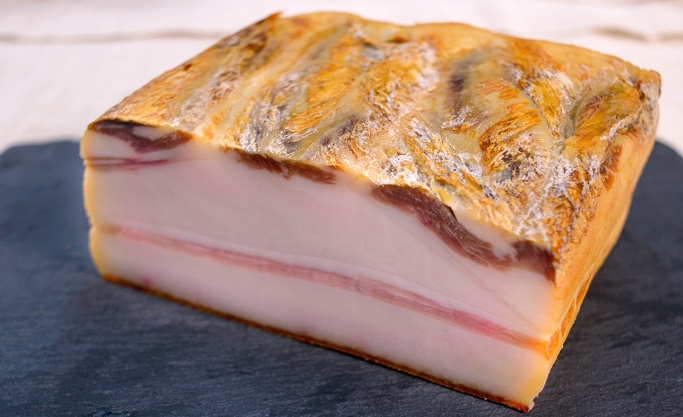
Slănină afumată
Smoked pork fat with garlic and paprika.
.jpg)
Mămăligă (Polenta)
- Staple side dish made from boiled cornmeal.
- Topped with brânză de burduf (sheep cheese) and sour cream.
Whispered Lore
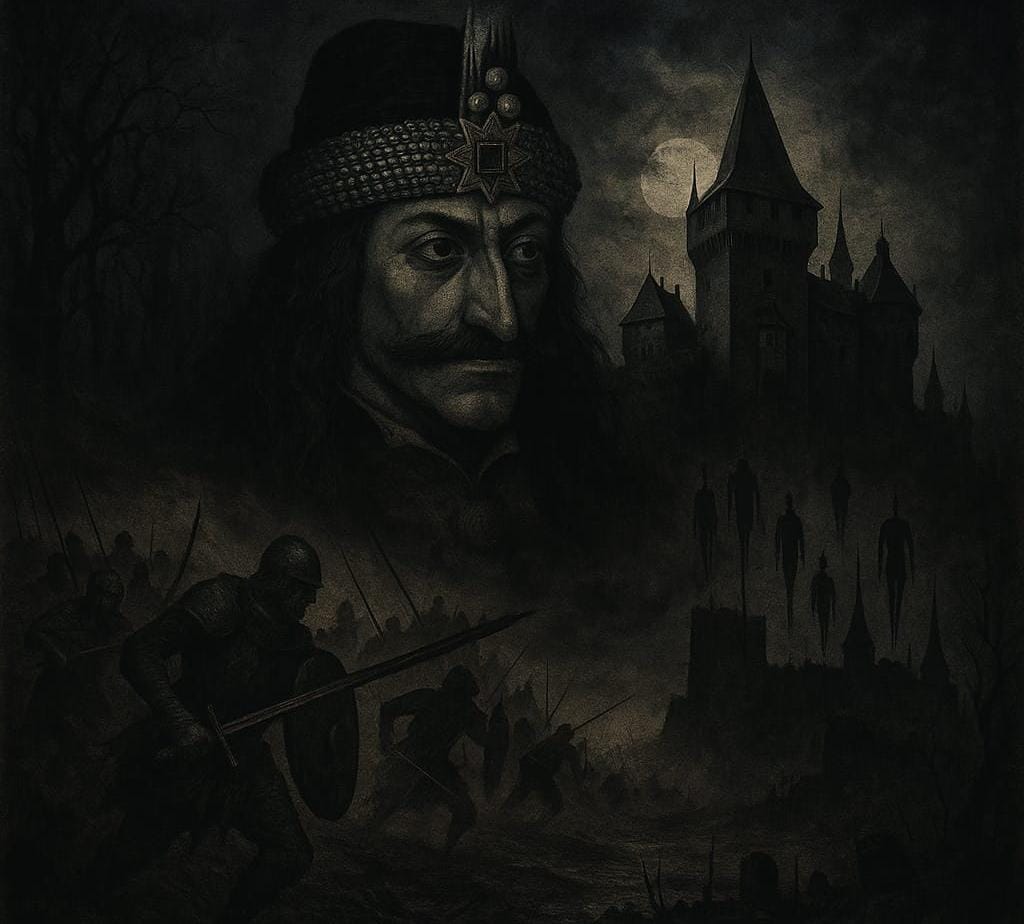
Romania's Story: A Land of Mountains, Kings, and Legends
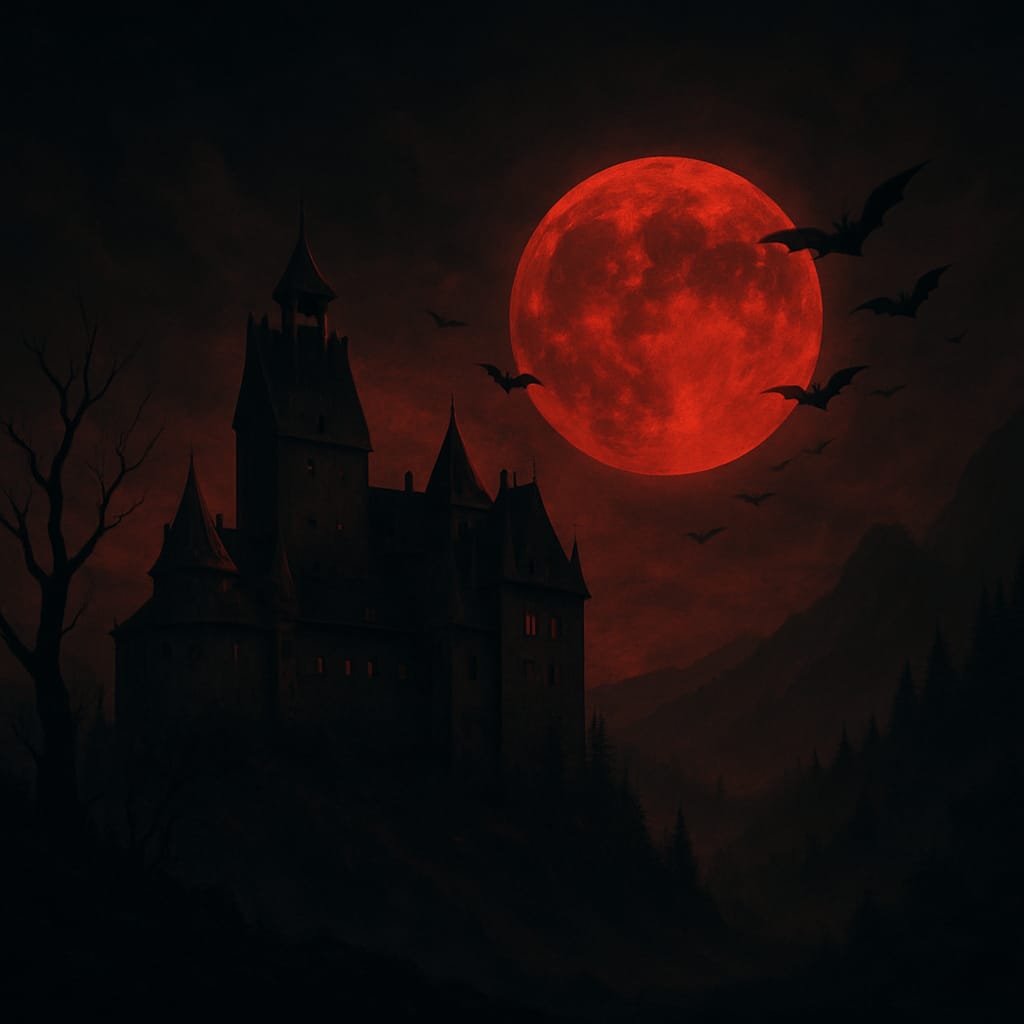
Transylvania's Story: Land of Mist and Legends
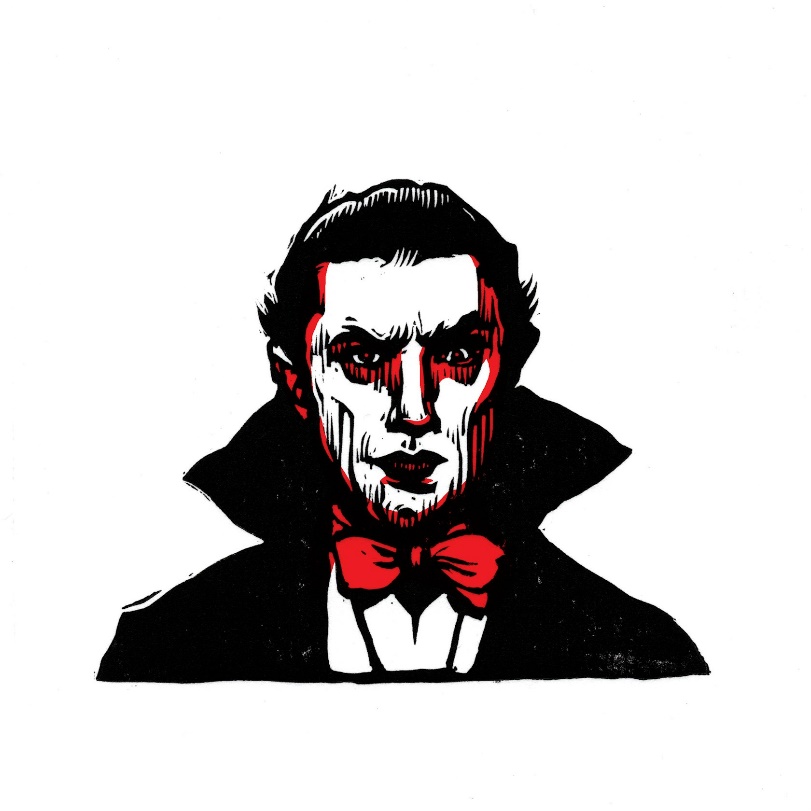
Count Dracula
Count Dracula is the title character of Bram Stoker's 1897 gothic horror novel Dracula. He is considered the prototypical and archetypal vampire in subsequent works of fiction. Aspects of the character are believed by some to have been inspired by the 15th-century Wallachian prince Vlad the Impaler, who was also known as Vlad Dracula.
One of Dracula's most iconic powers is his ability to turn others into vampires by biting them and infecting them with the vampiric disease. Dracula is handsome and charismatic, with a veneer of aristocratic charm. His biggest weakness is his bloodlust, which he is seemingly unable to control. Adaptations sometimes call this uncontrollable state 'the thirst'.
Bram Stoker's novel takes the form of an epistolary tale, in which Count Dracula's characteristics, powers, abilities, and weaknesses are narrated by multiple narrators, from different perspectives.
Count Dracula is an undead, centuries-old vampire, and a Transylvanian nobleman who claims to be a Székely descended from Attila the Hun. He inhabits a decaying castle in the Carpathian Mountains near the Borgo Pass. He reveals himself as deeply proud of his boyar heritage and nostalgic for the past, which he admits has become only a memory of heroism, honour, and valour in modern times.
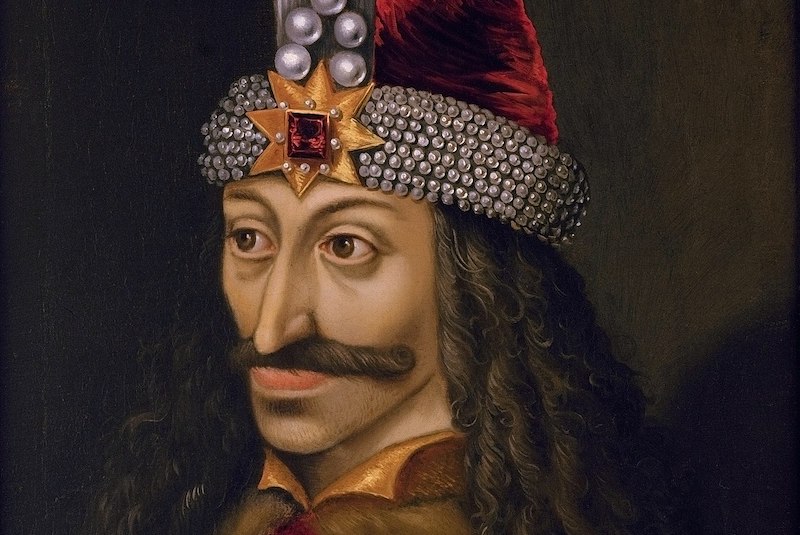
Life of Vlad the Impaler
Life in the 15th century on the frontier between the Ottoman Empire and Christian Europe was often harsh, and Vlad’s experience was reflective of that. Vlad’s father, Vlad II, had won the moniker “Dracul” for his membership in the Order of the Dragon, a militant fraternity founded by Holy Roman Emperor Sigismund and dedicated to halting the Ottoman advance into Europe.
Vlad III (Vlad the Impaler) and his younger brother were sent as hostages to the court of the Ottoman sultan Murad II to ensure Vlad II’s compliance. The Ottoman territorial gain led the Hungarian general János Hunyadi to intervene, and, with the support of Walachian boyars (aristocrats), Vlad II was deposed. He was executed, and his eldest son, Mircea, was blinded with a hot poker and buried alive.
Vlad III, who had chafed at life in the Ottoman court, returned to Walachia in 1448 and, at age 17, immediately began working to regain the voivodate (princedom) of Walachia. He exacted vengeance against the boyars who had killed his father and brother, impaling many of them. This would earn Vlad the sobriquet “Țepeș” (“the Impaler”).
Though he did not invent that torturous method of execution he practiced it with unmatched enthusiasm. Like crucifixion, impalement was intended to serve as both a horrific punishment and an unmistakable threat to one’s enemies, and Vlad is said to have left “forests” of impaled bodies in his wake. Victims of transversal impalement were arguably the more fortunate of the two, as having a pike or sharpened pole driven through one’s torso.
He was ultimately slain in battle, but his actions (both historical and literary) ensured that the name Dracula would not soon be forgotten.